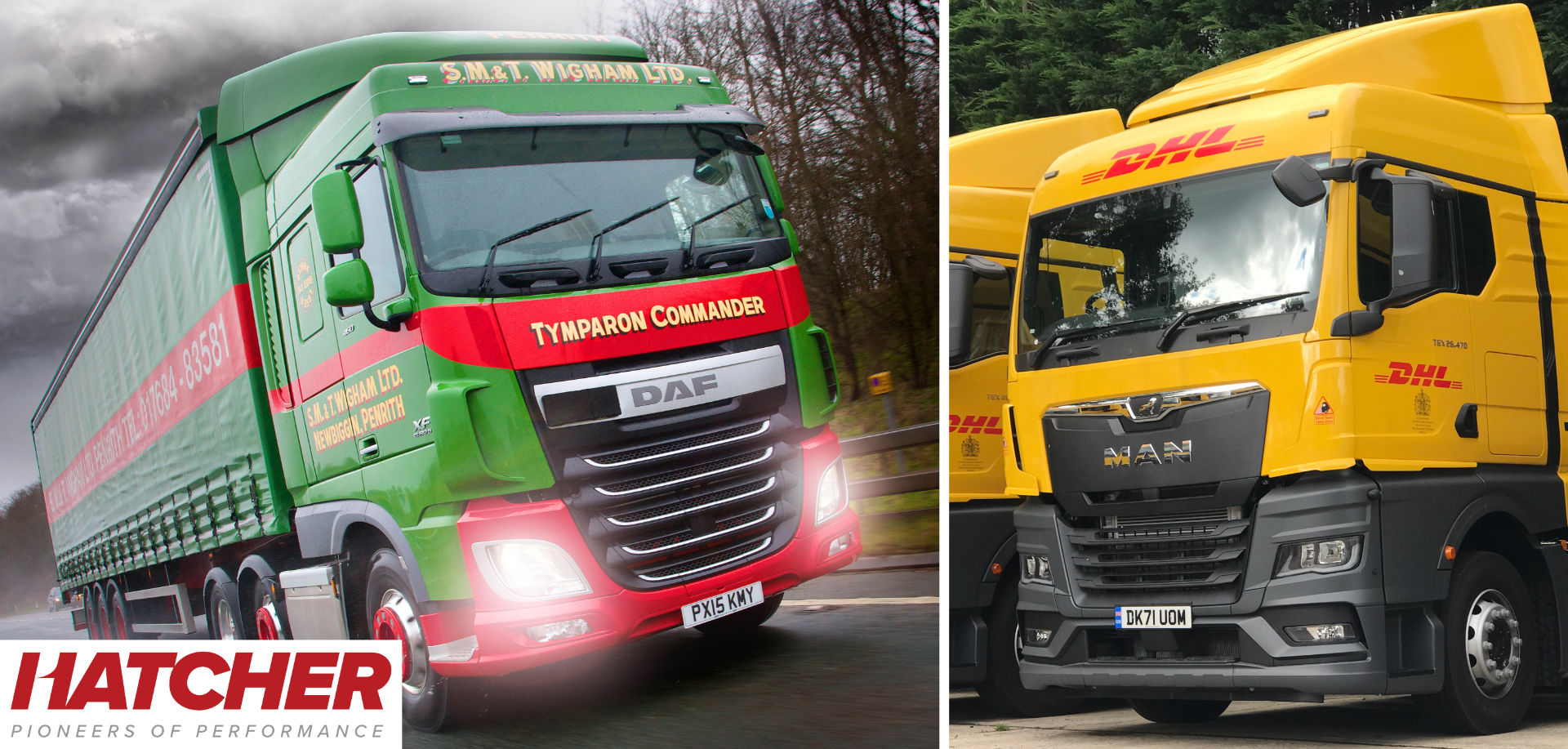
Fuel Price Highlights Aerodynamic Importance
With fuel prices at an all-time high fleet managers are being advised to check aerodynamic roof spoilers for adjustment or damage.
Industry figures indicate that fuel is typically 1/3 of an HGVs operating cost, but that will increase if fuel prices stay high in the medium term. “Margins are typically tight in the logistics sector so just a small increase in fuel costs could have a significant impact on the bottom line,” notes Hatcher’s Craig Poacher.
He points out that for every 36 cm of trailer exposed above a cab it typically equates to a 1% increase in fuel use. “Aerodynamic performance and fuel savings have numerous variables including wind speed and direction, but typically for a heavily loaded vehicle traveling at 56 km/h this is the loss hauliers can expect. For vehicles trunking between distribution centres fitting an appropriate air kit can be worth a 7% saving in fuel use,” adds Mr Poacher.
But savings are not limited to artics trunking long distances. Work with a major courier revealed savings of 3% through a simple correction to aerodynamic kit. “There was insufficient adjustment to meet the height of the body, leaving a gap of 400mm. When this was corrected fuel efficiency improved by 3%. For a 16 tonne truck doing 50,000 miles a year, the payback could be less than 10 months,” he notes.
The company believes aerodynamics is an area many hauliers can improve upon. Hatcher recently studied vehicles traveling along the A14 and Oof 209 boxed rigids or artics, 123 vehicles had incorrectly adjusted or damaged roof spoilers. Five vehicles had no roof spoiler at all. The fuel saving is important but so too is the ability to stress green credentials. It is an opportunity for any company to highlight it is doing everything possible to optimise fuel use,” notes Mr Poacher.
He also says savings are not exclusive to conventional diesel vehicles. Hatcher is working with a number of fleets trialling alternative fuels such as gas or electric. “These trials are at an early stage and ongoing, but initial signs are encouraging. We are seeing fuel savings and extended vehicle range but more data is needed before we can draw firm conclusions as to the exact level of benefit,” he concludes.
